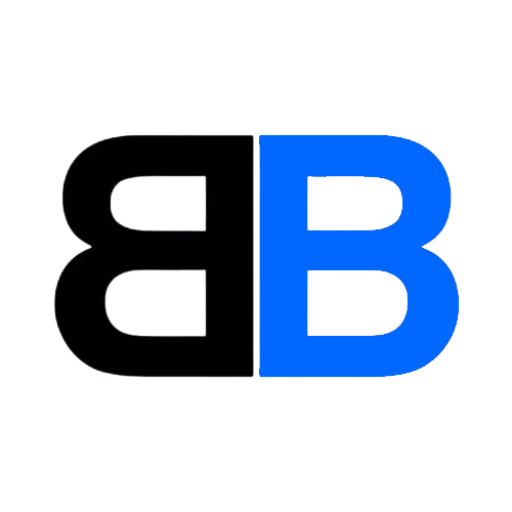In this smartphone-dominated era, an unexpected trend is emerging: the resurgence of dumb phones. In 2023, counterpoint research claimed that these dumb phones were returning, driven by Gen Z and millennials seeking refuge from screen addiction and digital overstimulation.
Dumb phones prioritise basic functionalities like calling and texting, eschewing the overwhelming features of modern smartphones. Their appeal lies in addressing contemporary challenges such as distraction, privacy concerns and affordability.
In this article, we explore five compelling reasons why dumb phones remain relevant in 2025. Let’s start.
Fewer features mean minimal distractions
The mental health crisis linked to smartphone overuse is well-documented. Using a smartphone leads to excessive screen time because of the constant bombardment of notifications and the intuitive design of social media feeds. Apps and social media are designed to capture attention and their notifications kick the fear of missing out (FOMO) among users, which then leads to anxiety, depression, impaired cognitive functions and reduced productivity. Dumb phones offer a stark contrast—they eliminate these distractions.
For example, Light Phone users have limited and basic functions like calling and texting and no use of social media and gaming. This shift from smart to dumb phones can be seen as cutting out the unnecessary distractions and focusing on what’s important.
This shift aligns with the growing “digital minimalism” movement, where individuals intentionally reduce their digital footprint to reclaim mental clarity. In 2024, dopamine detoxing—a practice aimed at breaking cycles of instant gratification—has gained traction among young adults seeking healthier relationships with technology.
Longer battery life because nothing to do except call and text
Smartphones often require daily charging due to their power-hungry features like high-resolution screens and app ecosystems. In comparison, dumb phones boast impressive battery longevity, with standby times up to 24 days and 19 hours of talk time from a single charge. This makes them ideal for travellers, outdoor enthusiasts or anyone prioritising reliability over constant connectivity.
Energy efficiency has become increasingly important amid climate-conscious trends. Dumb phones consume significantly less power than smartphones, aligning with sustainable practices. For example, rugged models like the Nokia 105 are favoured by workers in demanding environments where durability and battery life are paramount.
Affordability always attracts users
The cost disparity between dumb phones and smartphones is striking. Flagship smartphones often exceed US$1,000, while entry-level dumb phones start at just US$20. Mid-range models offering additional features like basic cameras or internet access typically range from US$50 to US$150.
Dumb phones also enable savings through prepaid plans costing as little as US$10 per month—an attractive option for seniors, students or low-income users. As global economic uncertainty persists in 2024, budget-conscious consumers are increasingly drawn to these low-cost alternatives.
Dumb phones have smart security and full privacy
Smartphones are notorious for data harvesting, location tracking and invasive app permissions. Dumb phones inherently mitigate these risks by lacking app ecosystems and sometimes internet connectivity. But models like the Punkt MP02 with 4G connection are compatible with Signal protocol to provide free, encrypted Internet-based calls and texts worldwide.
Post-pandemic surveillance concerns have amplified demand for privacy-first devices. Many users now seek tools that allow them to stay offline without sacrificing essential communication capabilities. Dumb phones provide this balance, making them a practical choice for privacy advocates.
Only calls and text messaging – No emails, WhatsApp or Slack
Smartphones have fragmented communication across multiple platforms—WhatsApp, Slack, Messenger, and many more—leading to constant multitasking. Dumb phones simplify interactions by focusing on voice calls and text messaging.
Families increasingly use dumb phones to limit children’s screen time while ensuring they remain reachable. Nostalgia also plays a role; many users appreciate the analogue experience of straightforward communication without digital clutter. In a world dominated by generative AI and hyperconnectivity, dumb phones offer a refreshing return to simplicity.
Conclusion
Dumb phones are more than relics of a bygone era; they are tools for intentional living in a hyperconnected world. By addressing modern pain points like distraction, privacy concerns, cost-effectiveness and simplicity, they empower users to regain control over their digital lives.
Looking ahead, hybrid usage may become the norm, carrying both a smartphone for advanced functionalities and a dumb phone for focused living.







